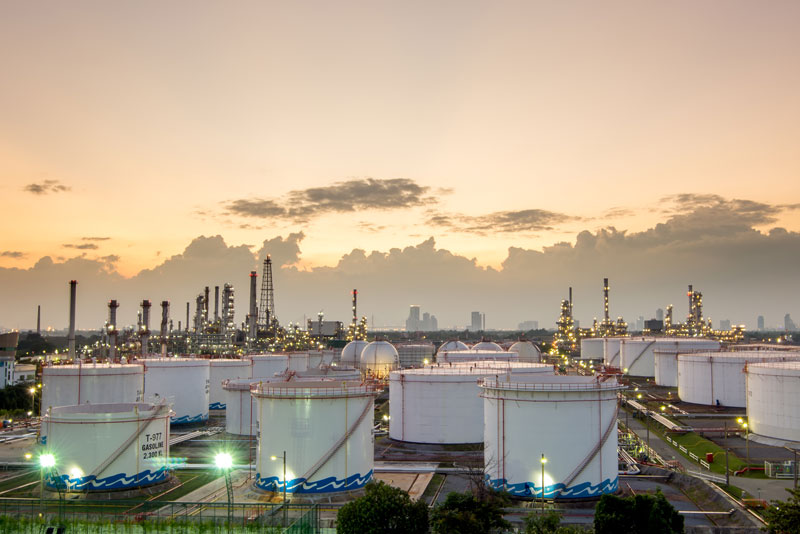
Now What?
October 29, 2020
Written By Tim Danze
After the coronavirus caused a precipitous decline in WTI crude prices that saw oil futures take an unprecedented dip into negative territory, it’s fair to wonder what we can expect moving forward. Will there be a so-called new normal for energy prices, or can we expect more of the same? Personally, I think we should count on continuing volatility.
At the time the pandemic caused energy prices to crash in mid-March, total U.S. crude stocks stood at 455.36 million barrels. As I put the finishing touches on this article on Sept. 22, total stocks now stand at 492.426 million barrels—a gain of 69.784 million barrels compared to stock levels at the same time last year. Gasoline stocks are up 228.182 million barrels and distillate stocks are up 172.758 million barrels.
The increasing stockpile of fuel is one of the issues I’ve been struggling with as I try to gauge where the market may be headed. These numbers indicate an abundance of supply, and I would assume that will put pressure on prices. However, most trades seem more focused on the drop in crude production and optimism for a rebound in demand.
Futures markets for WTI crude oil, gasoline and ultra-low sulfur diesel have all experienced a steady rebound from the spring’s lows to the peaks we saw in late June. The rebound appears to be a correction to the big sell-off that was brought on by COVID-19 fears. Crude prices have been stuck in the $7 range for the last three months, and gasoline and diesel futures have stayed within a 22-cent trading range.
One of the key indicators to watch will be the progress of economic recovery in contrast with rising COVID-19 cases. As the virus spreads and the death toll surpasses 200,000, the possibility of more shutdowns—and another market plunge—is a fear market participants have to consider. But, if the virus can be held in check, and the economy gets back on track, more demand and higher fuel prices look more probable.
Any time we see extremes in the market, it usually sets up a longer-term correction. In this case, we saw crude futures go negative, which drove some shale oil companies out of business, a wave of mergers and acquisitions, and major oil companies write down the value of their crude assets while slashing their budgets for exploration and drilling.
If you were to assume the economy will recover and energy demand will return to pre-pandemic levels within the next year, two years or even decade, it’s fair to say that at some point, the market is going to find itself in short supply. Energy markets run in cycles of booms and busts, and it is just a matter of time until the tide turns again.
My recommendation is to stay committed to your plan and budget fuels cost with fixed-price contracts. Late fall and winter are traditionally the best times of the year to find advantageous pricing for your seasonal or yearly needs. You may have an opportunity to lock in a long-term price that works well for your budget.
If you have typically only contracted for your spring fuel needs, this might be a good time to consider booking a full year’s worth. We saw strong contracting activity when the virus hit and prices crashed. Many MFA Oil members and customers took full advantage of the pull-back and locked up prices for a full year. Those who did may want to look at adding a few additional months of pricing protection this winter. For everyone else, know your budgeted fuel needs and keep an eye on the markets.
If you see an opportunity you like, give your local MFA Oil office a call and we will get you set up with a contract that meets your needs.

